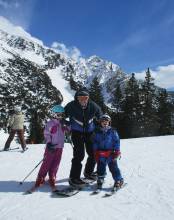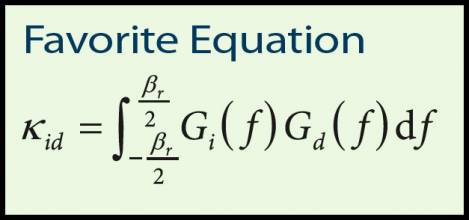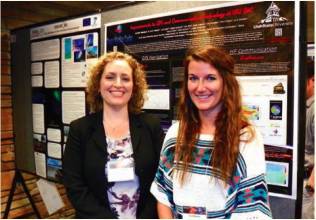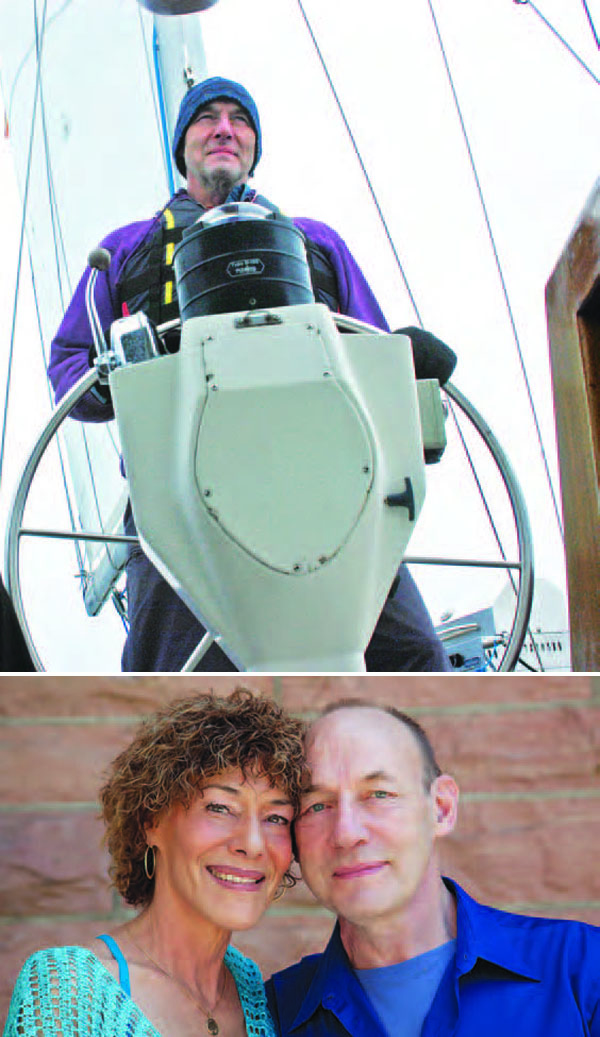COMPASS POINTS
Engineering specialties
Performance analysis of different GNSS configurations (multi-frequency multi-constellation) with and without augmentation. Integration of receiver subsystems starting with antenna design, receiver processing, interference and multipath mitigation algorithms, PVT including integrity monitoring, and hybridization using MEMS-based inertial sensors.
GNSS Event that most signified to you that GNSS had "arrived"
COMPASS POINTS
Engineering specialties
Performance analysis of different GNSS configurations (multi-frequency multi-constellation) with and without augmentation. Integration of receiver subsystems starting with antenna design, receiver processing, interference and multipath mitigation algorithms, PVT including integrity monitoring, and hybridization using MEMS-based inertial sensors.
GNSS Event that most signified to you that GNSS had "arrived"
“When WAAS was certified to be used for aircraft precision approach, I was convinced right then that a raft of applications would be the result. . . . GNSS is probably the best space-based technology now serving humanity”
Engineering mentor
“My mother is the one who has always believed in me and provided me with the strength to never give up, whatever the issues. It was my mother who supported me in 2000 when I decided to take a chance and switch from electrical engineering to aerospace mechanical engineering.”
What popular notions about GNSS most annoy you?
“Unfortunately received wisdom that says, for example, you need at least four satellites to make GNSS useful for navigation, or that GNSS signals are so weak that navigation is impossible when there is interference in the environment. For all these situations, solutions exist.”
Favorite equation
x + (GTWG)−1 GTWy
with x being the position of the user including the user clock bias to GNSS system time, G the geometry matrix projecting the position to the pseudorange domain, W the weighting matrix (inverse of the pseudo range error covariance) and y the vector of the observed pseudo ranges.
As a consumer, what GNSS product, application, or engineering innovation would you most like to see?
“More GNSS with multi-sensor MEMS hybridization techniques with a high level of navigation integrity, continuity and availability for everyone—integrated in handheld receivers, for example”
Also, more GNSS location-based services integrated into social platforms, allowing easier location of individuals in emergencies thus saving lives.
Patents
Participated in three navigation patents, including a European patent for an inertial sensor-based track-change detector for trains.






